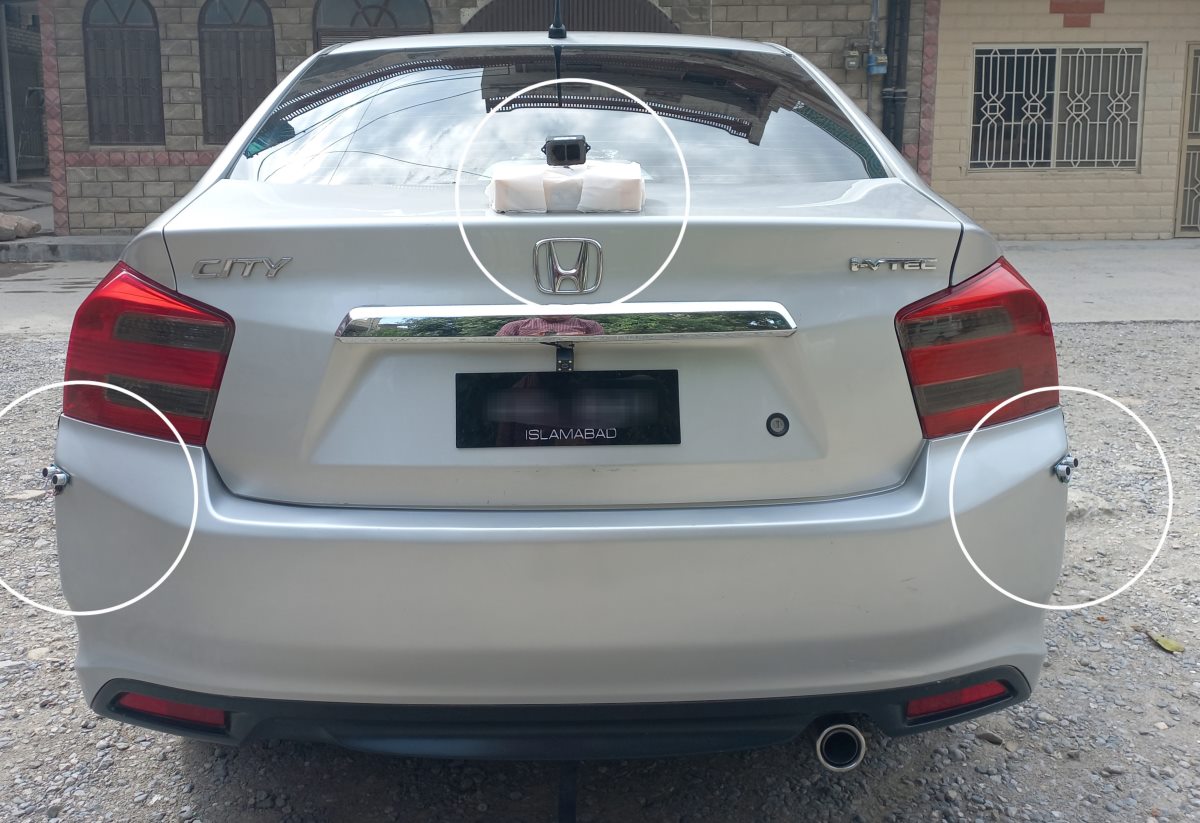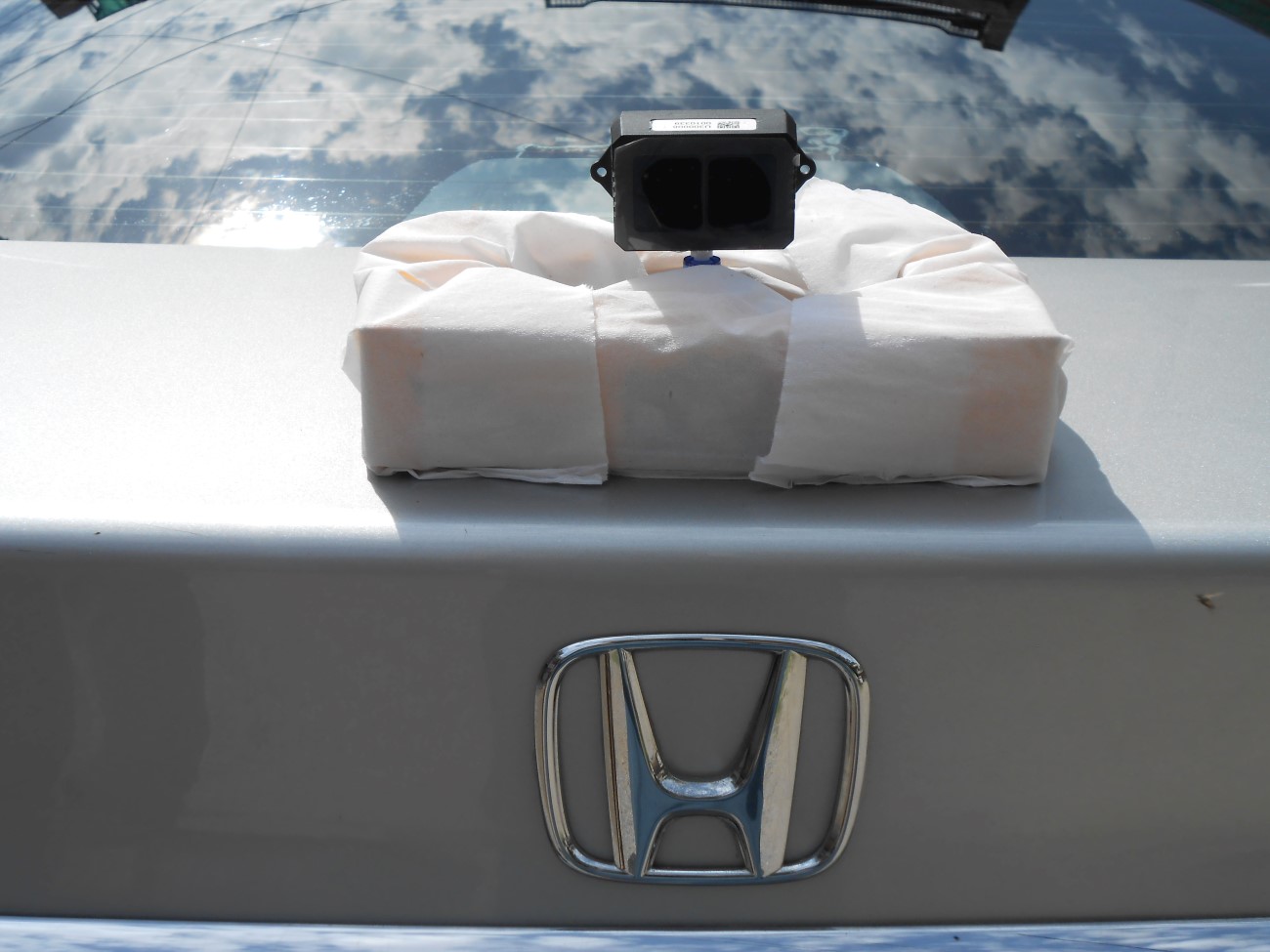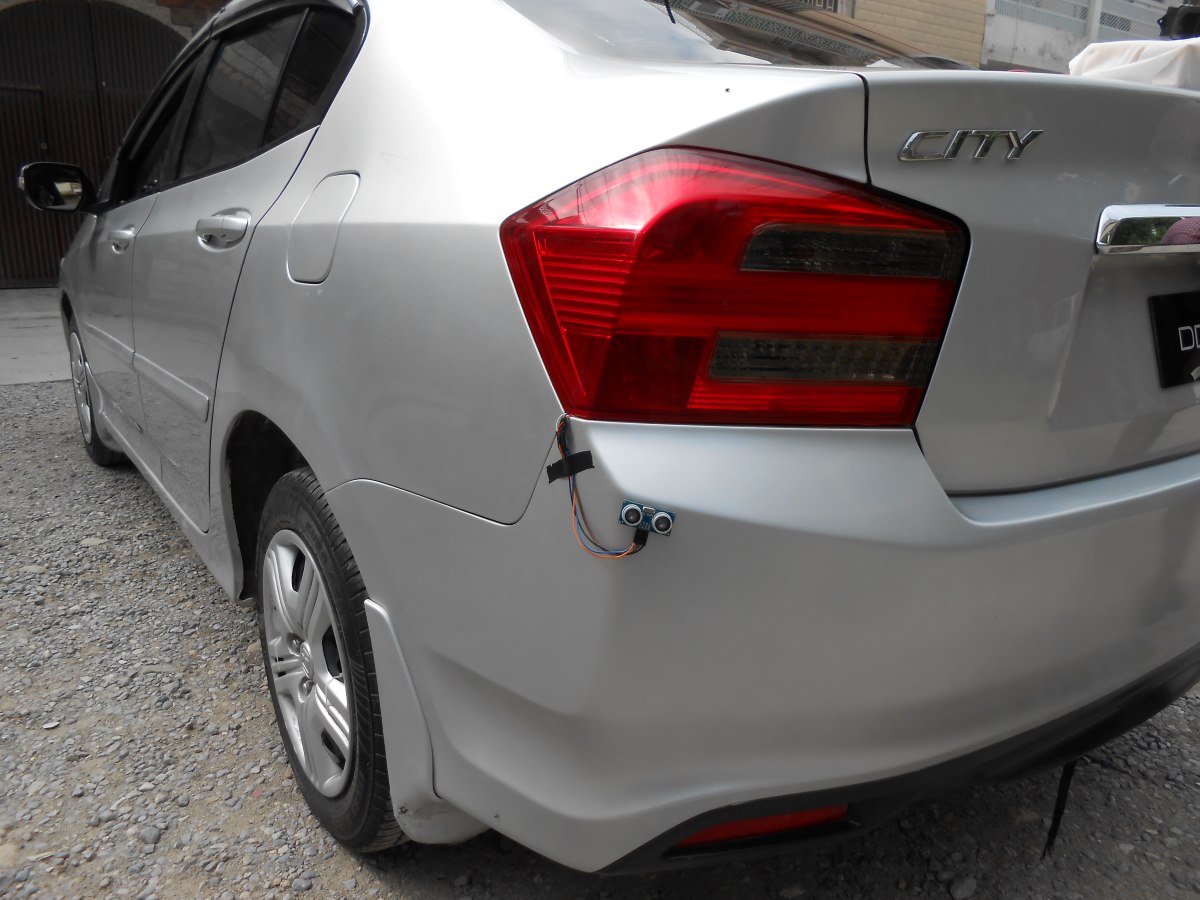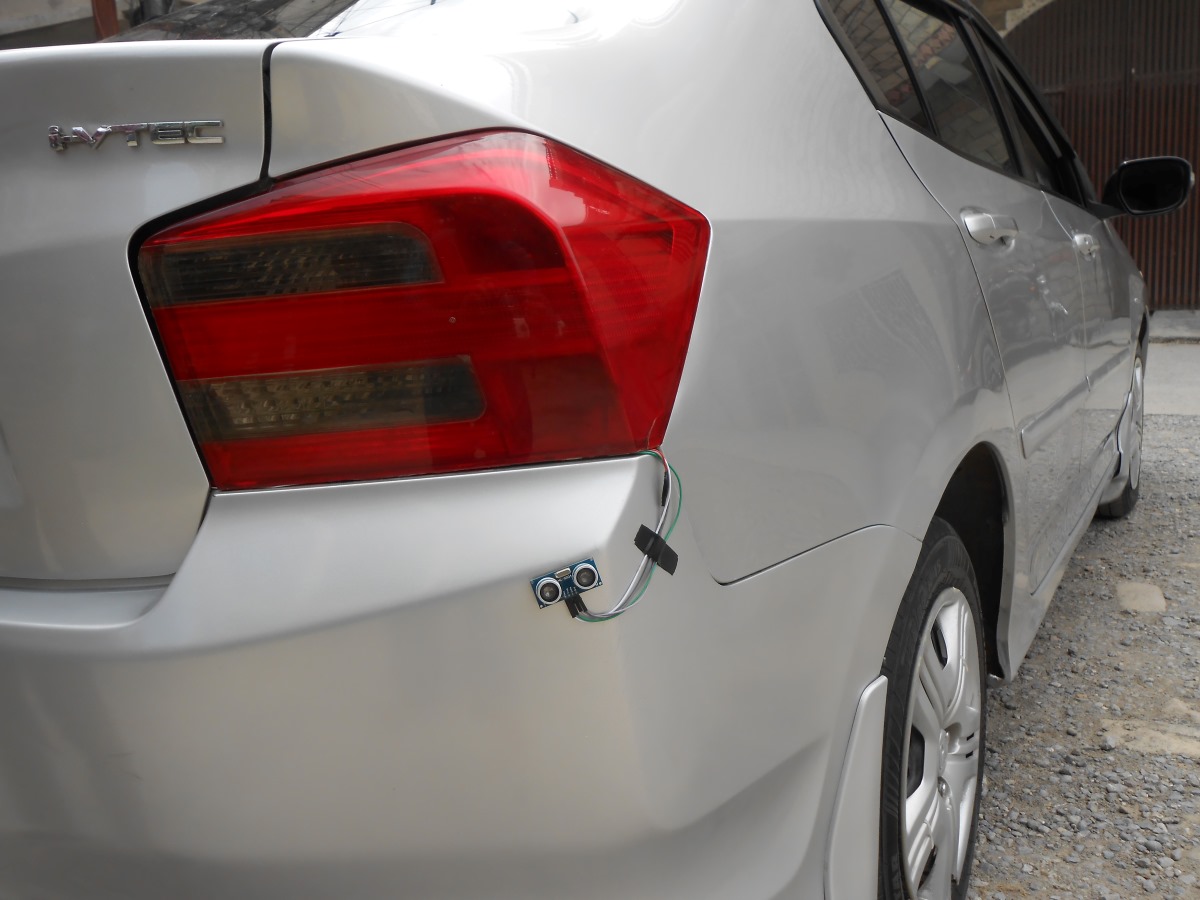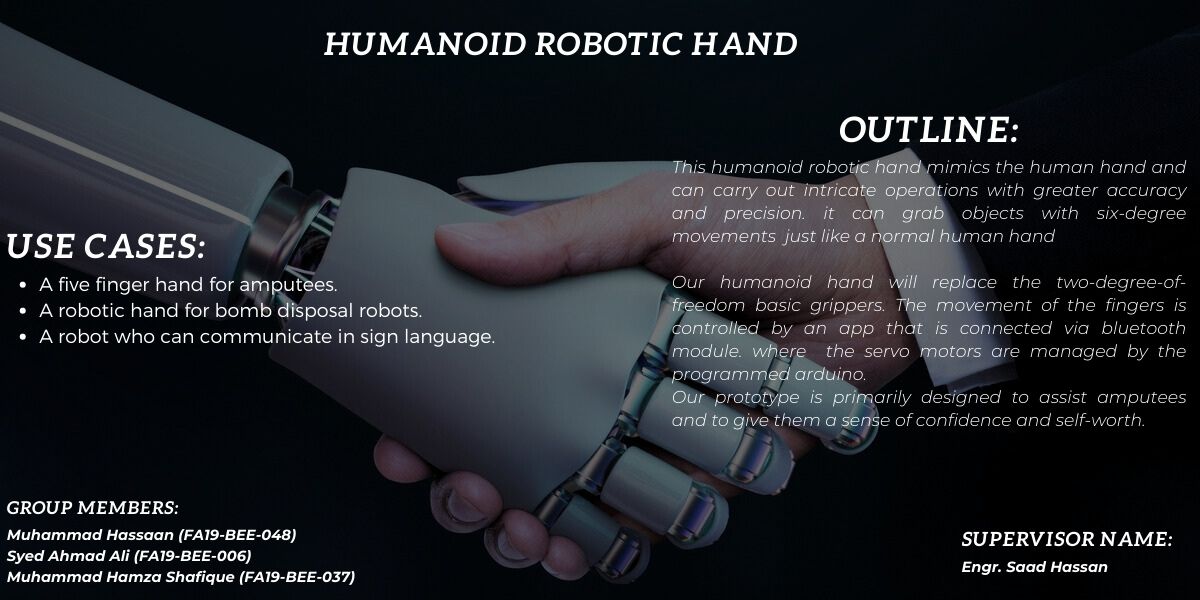One of the main factors in traffic accidents is the presence of blind spots in vehicles. Blind spots are regions outside a car where the driver is unable to see an object. This work presents a blind spot detection system which has the ability to accurately detect any vehicle in the blind spot zone and reduce the likelihood of collision by warning the driver in advance. The system uses sensors to identify other cars or objects in the driver’s blind zone and warns them by an alarm and warning light. This technique assists drivers, especially during lane changing maneuvers to lower the risk of accidents. Two solutions are presented, the first is a cost-effective solution based on the ultrasonic sensor while the second one is a more reliable one, which is based on the Lidar sensor. The system is plug and play type and can be easily installed on different vehicles.
Objectives
A blind spot detection system’s main goal is to improve driver safety by assisting in the prevention of collisions brought on by lane change or merging maneuvers. To be more precise, a BSDS can:
• Drivers are alerted both audibly and visually by the system when there are cars or objects in their blind zones. The system employs sensors to identify the presence of these items or vehicles.
• To build a system that can detect objects in a vehicle’s blind spot and warn the driver when one is about to approach.
• To develop the specifications for the Blind Spots Detection System’s hardware and software needs.
• A plug-and-play cost-effective solution developed using lidar and Node MCU-based Wi-Fi-based sensor network was presented.
• To develop logical and physical design models for the System.
• To implement the design specification into a functional prototype.
Socio-Economic Benefit
Some of the main benefits of blind spot detection system include the following:
• Enhanced road safety by alerting drivers to vehicles in their blind spots.
• Prevention of collisions, reducing injuries, and saving lives.
• Decreased accident-related costs, including property damage and healthcare expenses.
• Plug and Play and cost effective system which is easily integrated with every vehicle.
Methodologies
Currently, in the world, automobile market blind spot detection technology is only present in luxury vehicles with limited features. However, the majority of roads consist of mid-range cars which do not have this technology. As 10–20% of the total mishaps happen due to blind spot collisions, developing a reliable system that prevents collisions and alerts the driver is need of time. Here’s where the proposed system solves this problem. The suggested method is adaptable and simple to install on any vehicle. By sending out pulsed light pulses into the surroundings, lidar technology uses that information to determine the precise location of the car in the blind area. These pulses bounce back to the sensor after reflecting off the nearby objects. By measuring the interval between the sending and receiving pulses, the sensor determines the distance. The system starts with a vehicle being detected in the blind spot area, at which point the Lidar sensor transmits a signal to the microcontroller. Additionally, this information is wirelessly sent from the Arduino microcontroller to the LEDs and buzzer that sounds the alarm. When certain cars are pre-set in the blind spot zone, the LEDs will glow and the buzzer will sound. We utilize a two-node MCU to send data wirelessly; one is located at the transmitting end and the other is at the receiving end.
Outcome
Blind Spot Detection (BSD) systems in vehicles have significantly improved road safety by reducing the risk of collisions caused by vehicles entering blind spots. These systems use sensors, such as radar or cameras, to monitor the areas beside and behind the vehicle that are typically difficult for the driver to see. When another vehicle is detected in the blind spot, the system provides a visual or audible alert to the driver, warning them of the potential danger. This allows the driver to make informed decisions and take appropriate action, such as adjusting their lane position or checking their mirrors before changing lanes. The outcome of BSD systems has been a reduction in lane-change and merging accidents, enhancing overall safety on the road. By enhancing driver awareness and facilitating proactive driving behavior, BSD systems contribute to minimizing the risk of collisions and promoting safer road conditions for all motorists.

